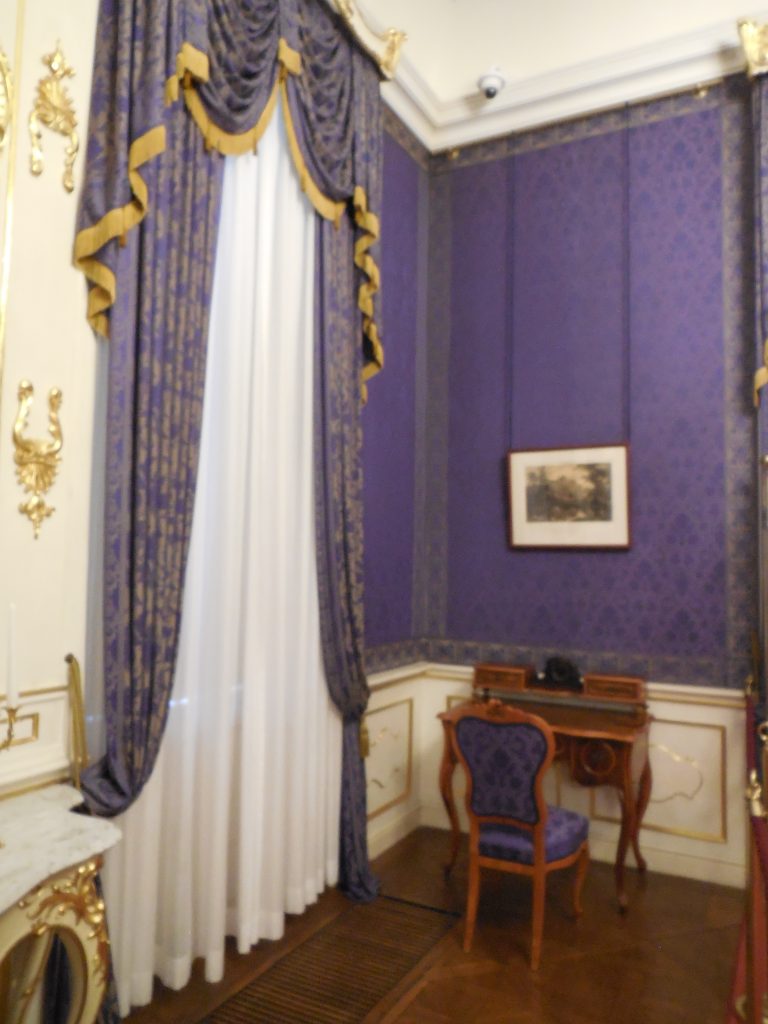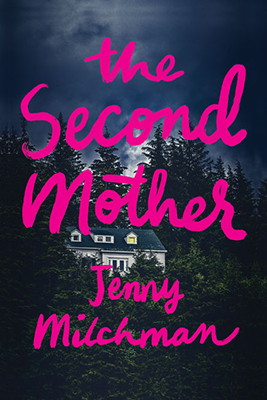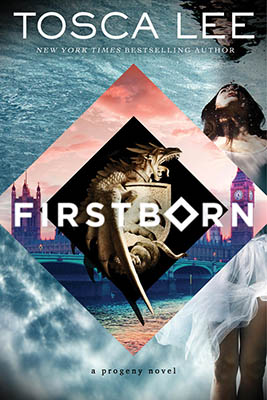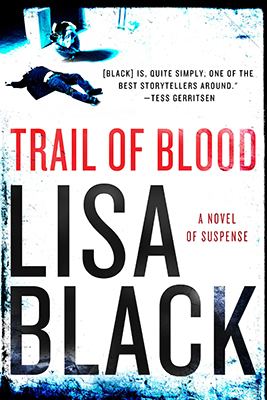By Lisa Black
If you travel to Austria or Hungary, you’re likely to hear a lot about the vivacious “Sissi.” The beloved local celebrity embodies enough glamour and drama to fill a season of reality shows…even if she died 124 years ago.
Imagine you’re a 15-year-old girl, Elizabeth, nicknamed Sissi, shy but happy, living at a sprawling estate in the Bavarian countryside. Dad is a Duke and Mom is a princess, so life is good, especially since Dad is a bit quirky, loves circuses, and doesn’t fuss if you blow off lessons to ride your horse. Your days are pretty relaxed.
Until Mom’s older sister decides she wants to keep her family all in the family, and have a niece for a daughter-in-law instead of a wild card stranger. But she wants your 18-year-old sister, so no skin off your nose, and as a bonus the whole family must travel to Vienna to meet the groom, this 23-year-old Emperor Franz Joseph. A nice break in the monotony of wearing black for a different aunt’s death…except the coach with the suitcases went awry during the journey so you’re all still wearing black when you meet the Emperor. Black doesn’t suit your sister’s complexion—but it does suit yours.
In a flash, Franz decides he doesn’t want your sister. He wants you.

He even defies his mother—for once—and tells Princess Sophie that it’s you, or it’s no one.
And thus a shy, glowingly beautiful girl of fifteen became an Empress.
Sissi’s new mother-in-law gave in to the plan, but this would be a rare occurrence. Sophie had long become accustomed to being the real power in the stilted Hapsburg court. She made no secret of the fact that she thought Sissi to be a silly young thing with no purpose whatsoever beyond bearing heirs, someone who should keep her nose out of governmental affairs and stop telling her husband to be nicer to the peasants.
Once Sissi produced the required child, Sophie, without discussion, named the girl after herself and took over her rearing entirely. Next child, same thing. Sissi rebelled a bit when the long-awaited boy arrived, but it was not until her fourth and last child, Marie, that she had free rein. By then she had discovered Hungary, a more satisfying love affair than any in her life.
Sophie might have all but kidnapped her children, but she couldn’t usurp Sissi’s mind. She used the many hours required to maintain her extremely long locks and hyper-thin figure by learning languages, history and politics. Budapest sat a long way from Sophie and Vienna, and even the adoring but unimaginative and reactionary Franz Joseph. In Hungary, Sissi could breathe easy, and she did more than ride through the hills and enjoy the air; she guided its politics and did everything she could to raise its stature within the empire. She loved Hungary, and it loved her back with a passion that persists today.
In Austria, tour guides will speak of her largely as a great beauty. In Hungary, she is nearly a goddess.
The country itself gifted a palace to the Emperor and Empress, Godollo, a sprawling 8-wing mansion that became Sissi’s favorite. She decorated many rooms in a deep violet, her favorite color, and decorations reflected her equestrian skills.



Sissi died at 60 years of age in 1898, stabbed by an anarchist as she strolled near Lake Geneva with only a lady-in-waiting. French-born Luigi Lucheni was a story in himself, but not a very interesting one: an orphan who got drafted and hung with the burgeoning anarchist movement when he got out. He stabbed her with a tapered file because he couldn’t afford a knife, in the hope that an execution would make him a martyr. Instead, he hung himself in his cell a dozen years later.

Her beloved palace at Godollo remained in royal use until the end of the Second World War, when it was converted to use as partly a home for the elderly and a barracks for Hungarian and Soviet troops. By the time the Soviets left in 1991, the place was an utter shambles even though preservation efforts had already begun.
Today, almost 2/3 of the palace has been renovated. Several of the rooms are done in Sissi’s favorite color.
I visited Godollo Palace this past July. I took in the rooms, walked through the gardens, passed a horse-drawn carriage full of tourists (note the dog in the front seat).
And I wondered what that shy girl of fifteen would think if told that a century and a quarter after her death, there would still be corner of the world focused on her, and only her.
Readers, what places in the world do you visit that make you think of someone who left an indelible imprint in history?
















































Wow. What an intriguing slice of history. 😉
What a fascinating recap of history — as for living in a castle, I’m afraid the lack of central heating and air conditioning would keep me away. But thanks, Lisa, for a terrific post!
Truth is stranger than, huh? What a privilege to get to see the place, Lisa. Did it feel like it might be an influence writing-wise in some way?
It would be a great place to set a book—what with the history, the more recent history, and the contrast between the renovated and unrenovated sections…if I could only get my characters to Hungary for some reason…..!
Fascinating! I love royalty–with all it’s flaws. I had not heard of Sissi. You can only wish she’d had a longer life.
I’d heard of Sissy but never have had the wonderful background that you’ve detailed. What a fascinating person, a woman in her own right at a time that even queens and empresses had a hard time achieving. Great blog, Lisa!